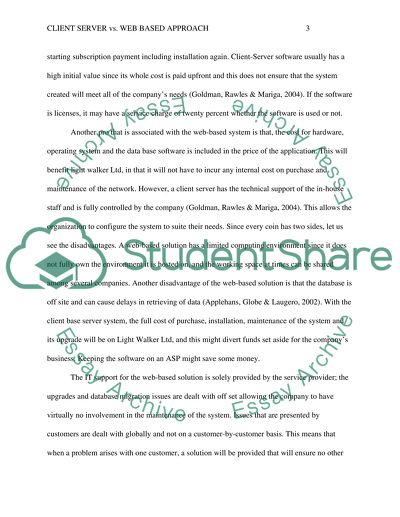Cite this document
(“EISA: Client/Server vs. Web-based Approaches Research Paper”, n.d.)
Retrieved from https://studentshare.org/information-technology/1445176-eisa-client-server-vs-web-based-approaches
Retrieved from https://studentshare.org/information-technology/1445176-eisa-client-server-vs-web-based-approaches
(EISA: Client/Server Vs. Web-Based Approaches Research Paper)
https://studentshare.org/information-technology/1445176-eisa-client-server-vs-web-based-approaches.
https://studentshare.org/information-technology/1445176-eisa-client-server-vs-web-based-approaches.
“EISA: Client/Server Vs. Web-Based Approaches Research Paper”, n.d. https://studentshare.org/information-technology/1445176-eisa-client-server-vs-web-based-approaches.


